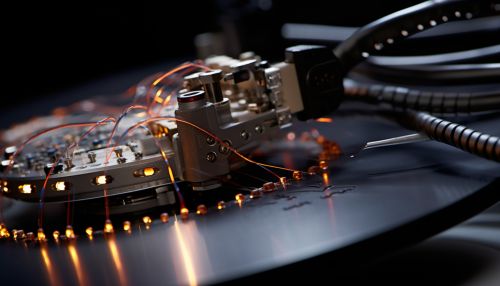Neural Engineering
Introduction
Neural engineering, also known as neuroengineering, is a discipline within biomedical engineering that uses engineering techniques to understand, repair, replace, enhance, or otherwise exploit the properties of neural systems. Neural engineers are uniquely qualified to solve design problems at the interface of living neural tissue and non-living constructs.
History
Neural engineering has its roots in the early 20th century with the development of the first electroencephalogram (EEG) in 1924. However, it was not until the late 20th century that advances in microelectronics and computational neuroscience led to the emergence of neural engineering as a distinct discipline.
Principles
Neural engineering is based on the principles of neuroscience and engineering. It involves the use of engineering techniques to understand the functioning of the nervous system and to develop treatments for neurological disorders.
Techniques
Neural engineering techniques include electrophysiology, which involves the study of the electrical properties of cells and tissues, and neuroimaging, which involves the use of various techniques to either directly or indirectly image the structure, function, or pharmacology of the nervous system.


Applications
Neural engineering has a wide range of applications, from the development of prosthetic devices that can be controlled by the brain, to the creation of algorithms for decoding neural signals.
Challenges
Despite the significant advances in neural engineering, there are still many challenges that need to be overcome. These include the development of biocompatible materials for neural implants, the creation of more efficient algorithms for decoding neural signals, and the understanding of how to best integrate artificial systems with the nervous system.
Future Directions
The future of neural engineering is likely to involve the development of more advanced neural prosthetics, the use of neural engineering techniques for the treatment of neurological disorders, and the integration of artificial intelligence with neural engineering.
